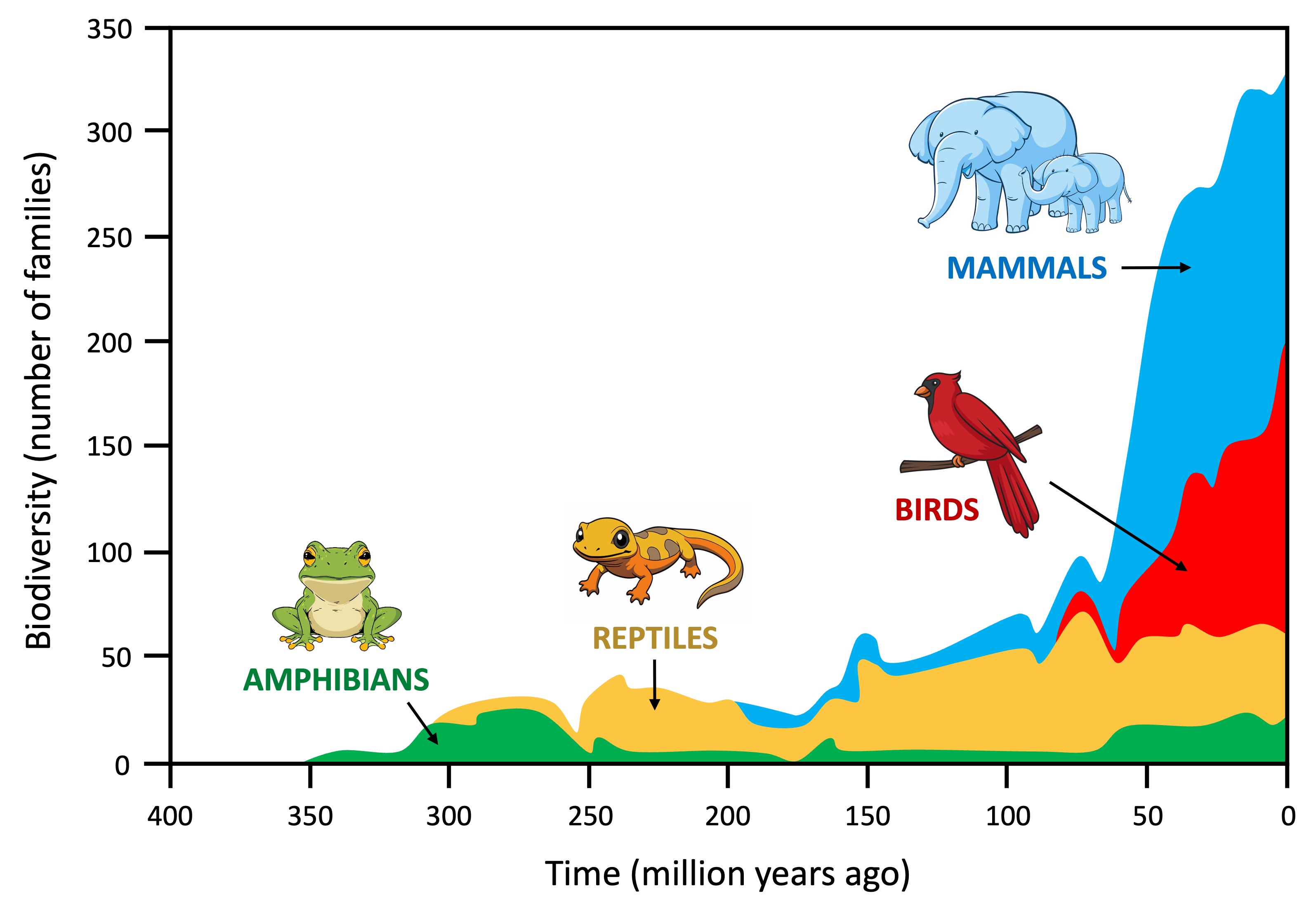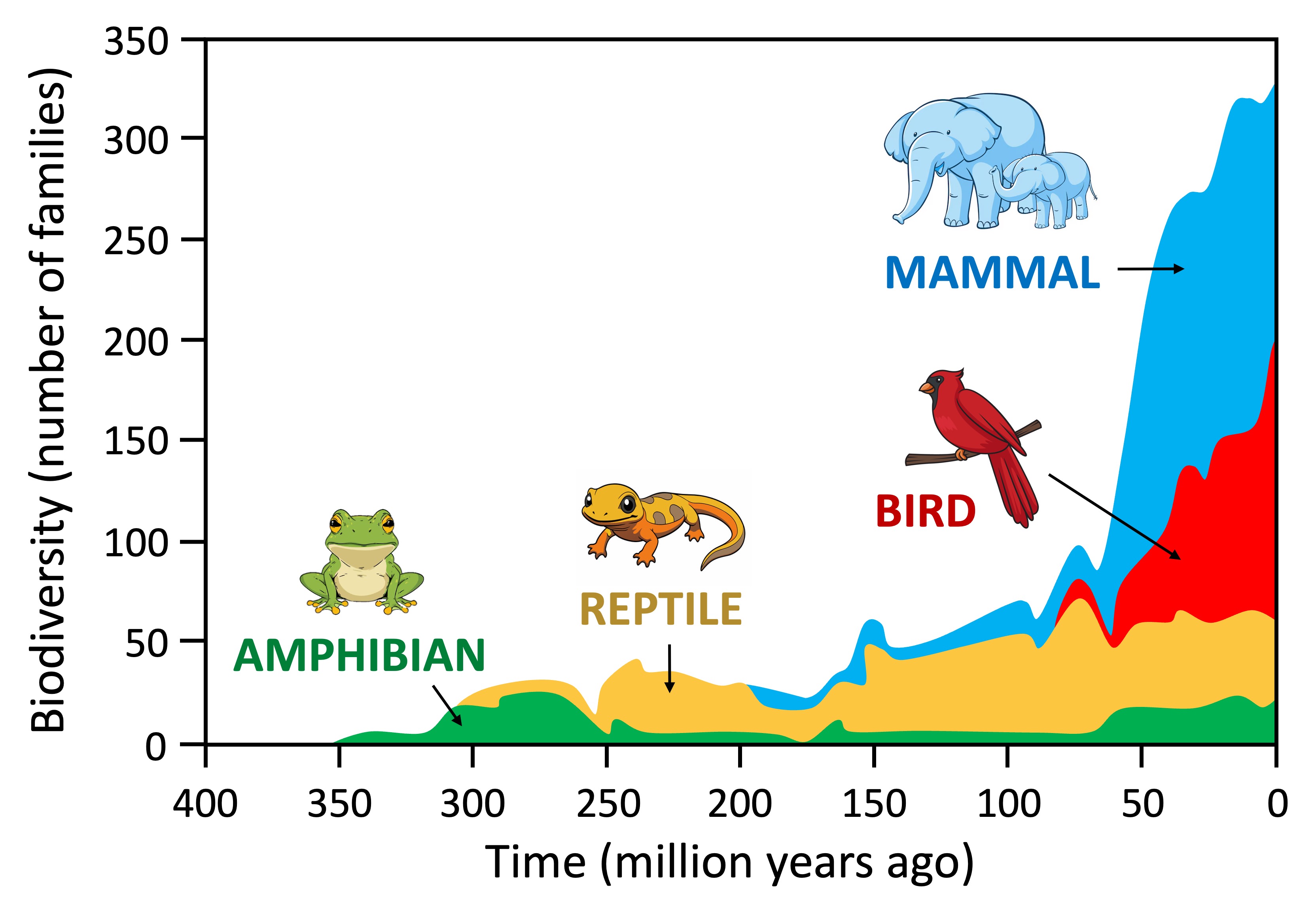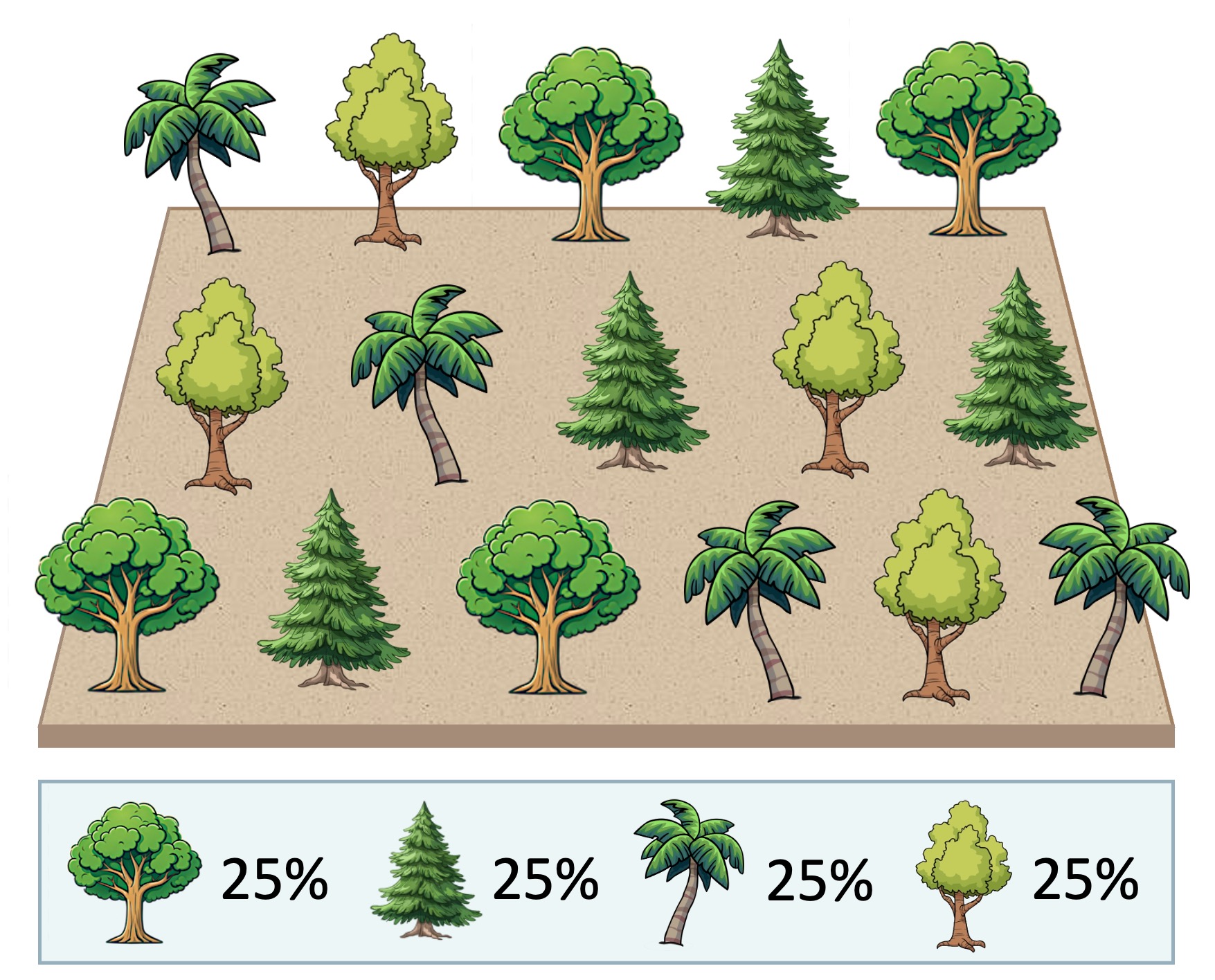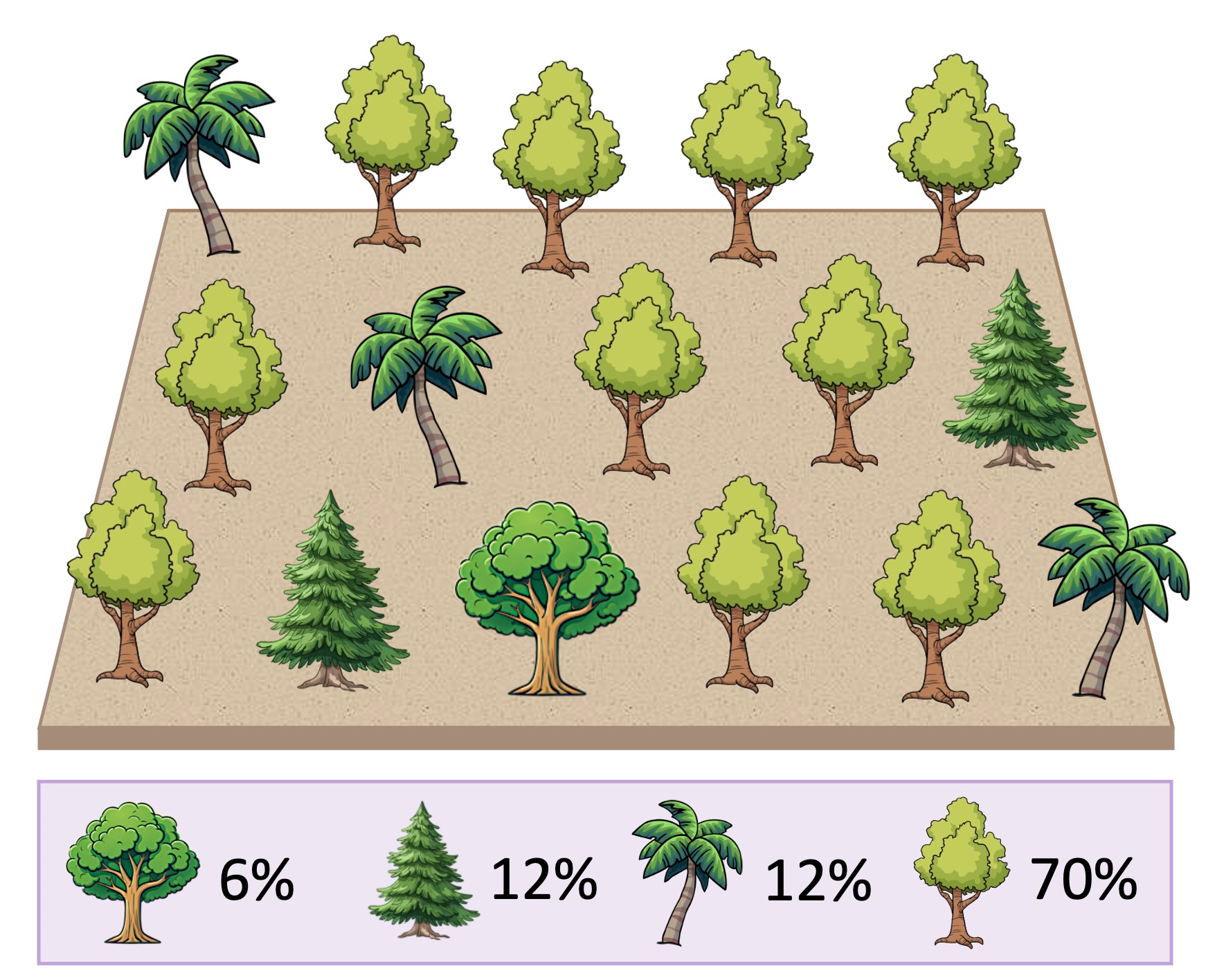

Biodiversity Crisis
The level of biodiversity on Earth is not an immutable constant and instead exists in a state of constant flux
-
New species can arise over time as a consequence of evolutionary change leading to eventual speciation
-
Species numbers may also be diminished when external factors result in the complete eradication of a species (extinction)
Evidence from fossils suggest that there may be currently more species alive on Earth today than at any time in the remote past
-
Currently, there are roughly 1.2 million species that have been recorded and classified, but estimates suggest there could be a further 7.5 million species yet to be discovered
The accuracy of a species diversity estimate is dependent on the mechanisms used to determine species classification
-
Taxonomists who are ‘lumpers’ tend to classify species according to shared similarities – resulting in lower estimates
-
Taxonomists who are ‘splitters’ tend to focus more on the differences between organisms – resulting in higher estimates
Biodiversity Over Time


Biodiversity Crisis
While more species currently exist than at any time in the remote past, there has also been a significant reduction in species diversity in recent times
-
It is estimated that the world has seen a 73% decline in the average size of monitored wildlife populations over the last 50 years
Assessments of biodiversity are made by collaborative multinational agencies – such as the Intergovernmental Science-Policy Platform on Biodiversity and Ecosystem Services (IPBES)
-
These assessments are based on repeated surveys and may rely on contributions from both expert scientists and members of the public (citizen scientists)
When assessing the biodiversity of a particular region, two key measures are investigated:
-
Species richness describes the number of different species present in an area (more species = greater richness)
-
Species evenness describes the relative abundance of the different species in an area (similar abundance = more evenness)
Ecosystem stability requires a high level of both species richness and species evenness in order to resist environmental change
-
An ecosystem with many species but few individuals within each population would not be stable (low evenness)
-
An ecosystem with only a few species consisting of many individuals would similarly lack resilience (low richness)
Species Diversity

Community 1

Community 2
Both communities have the same species richness but they have different species evenness
Same species richness but different species evenness




